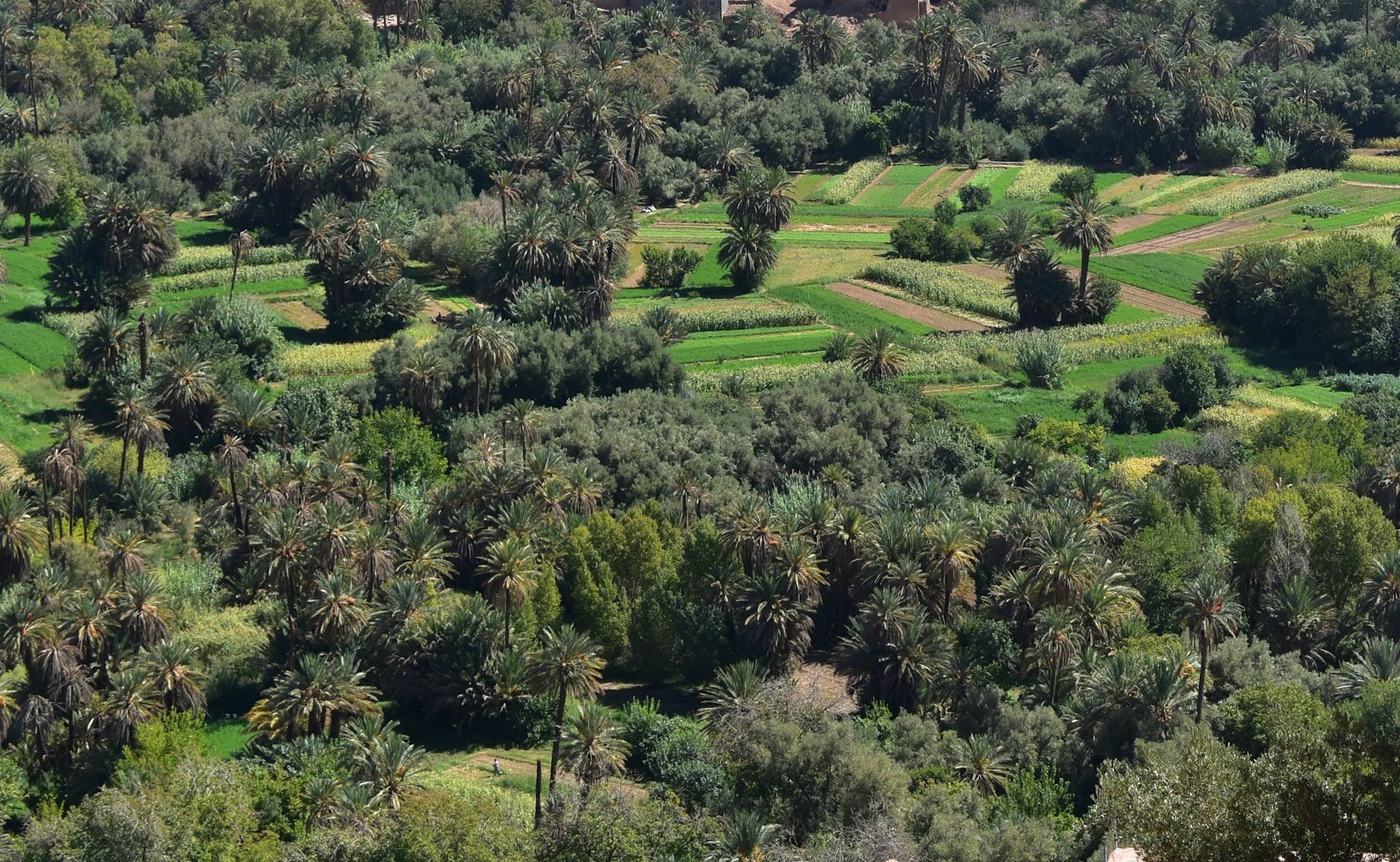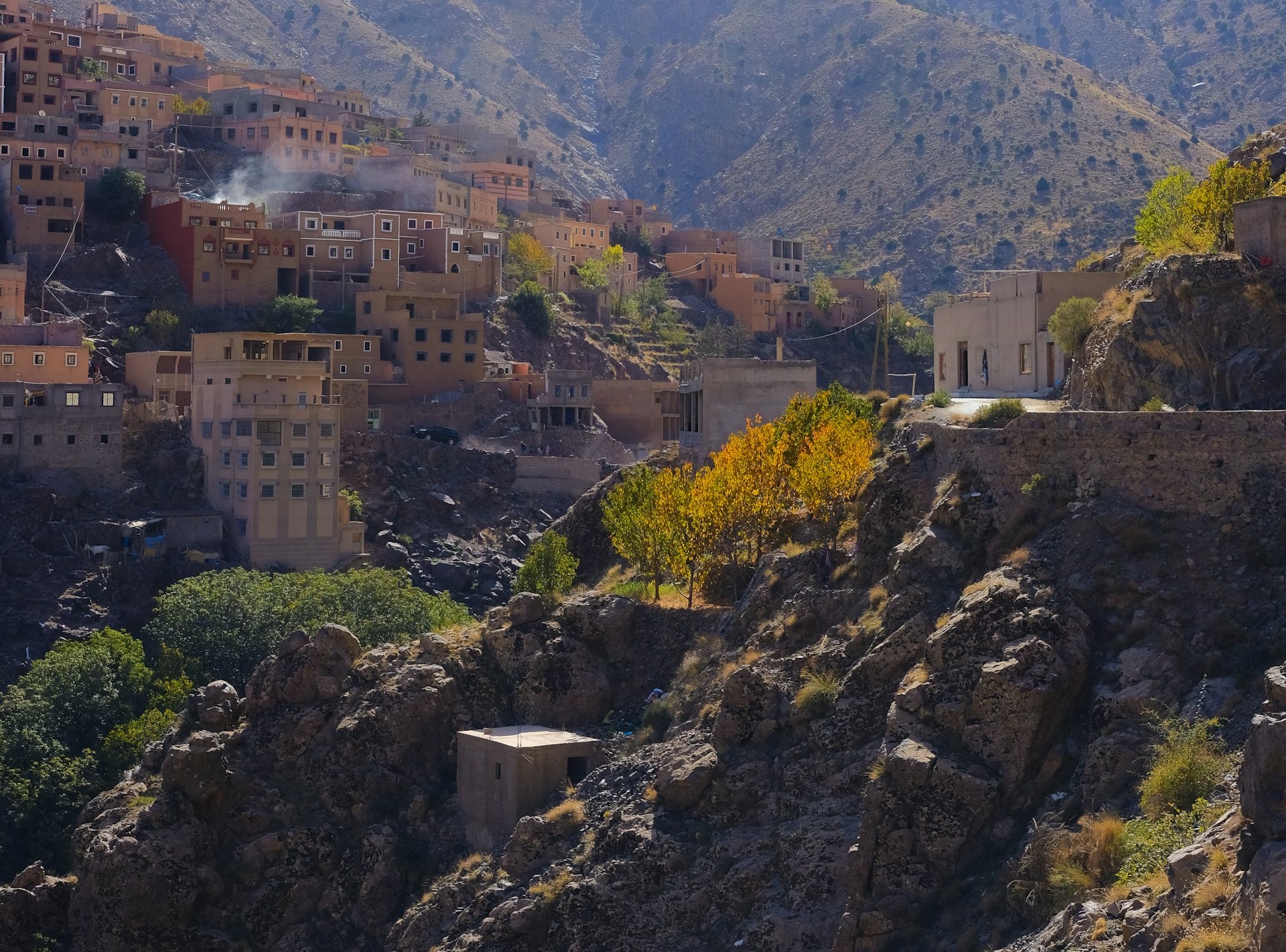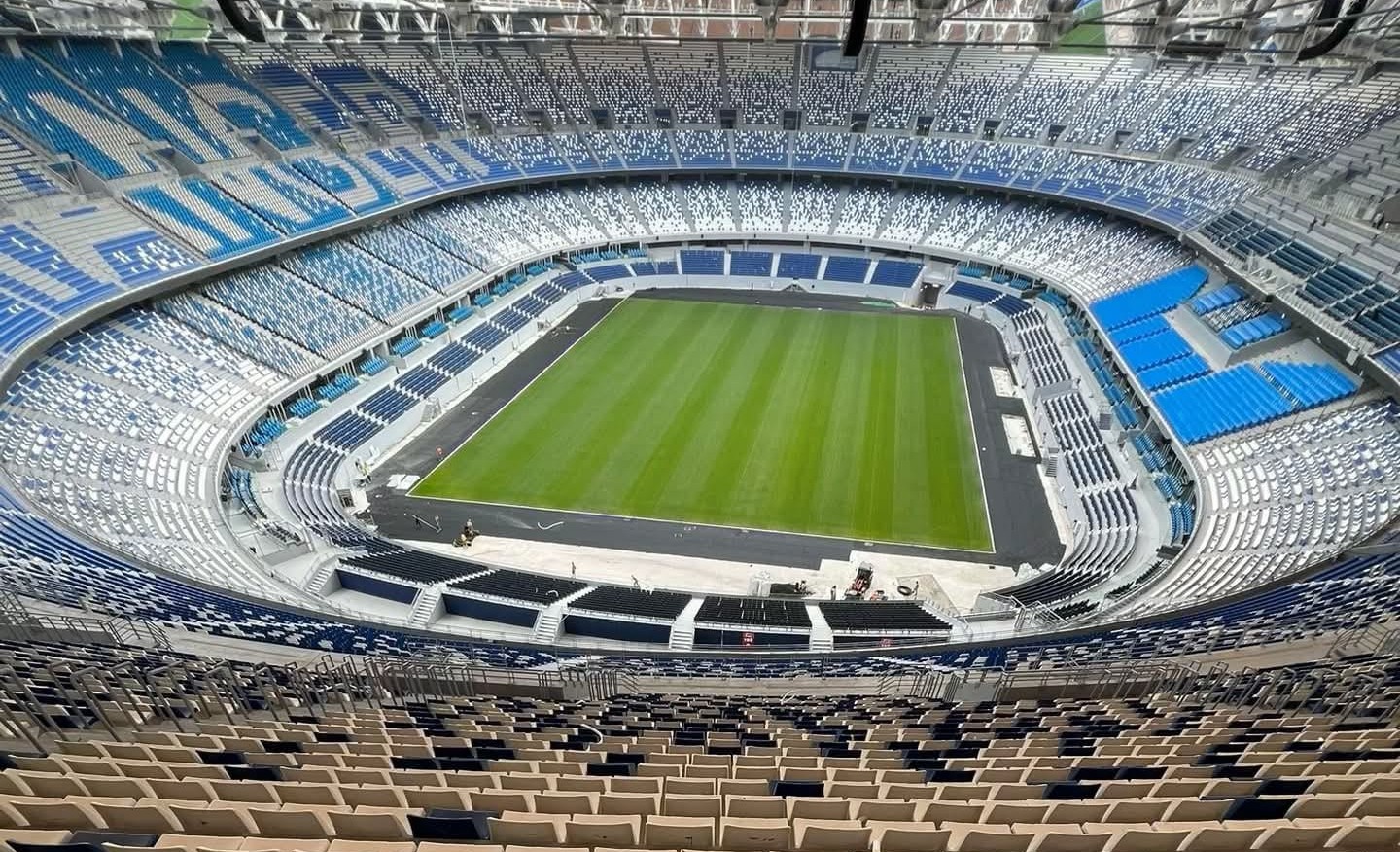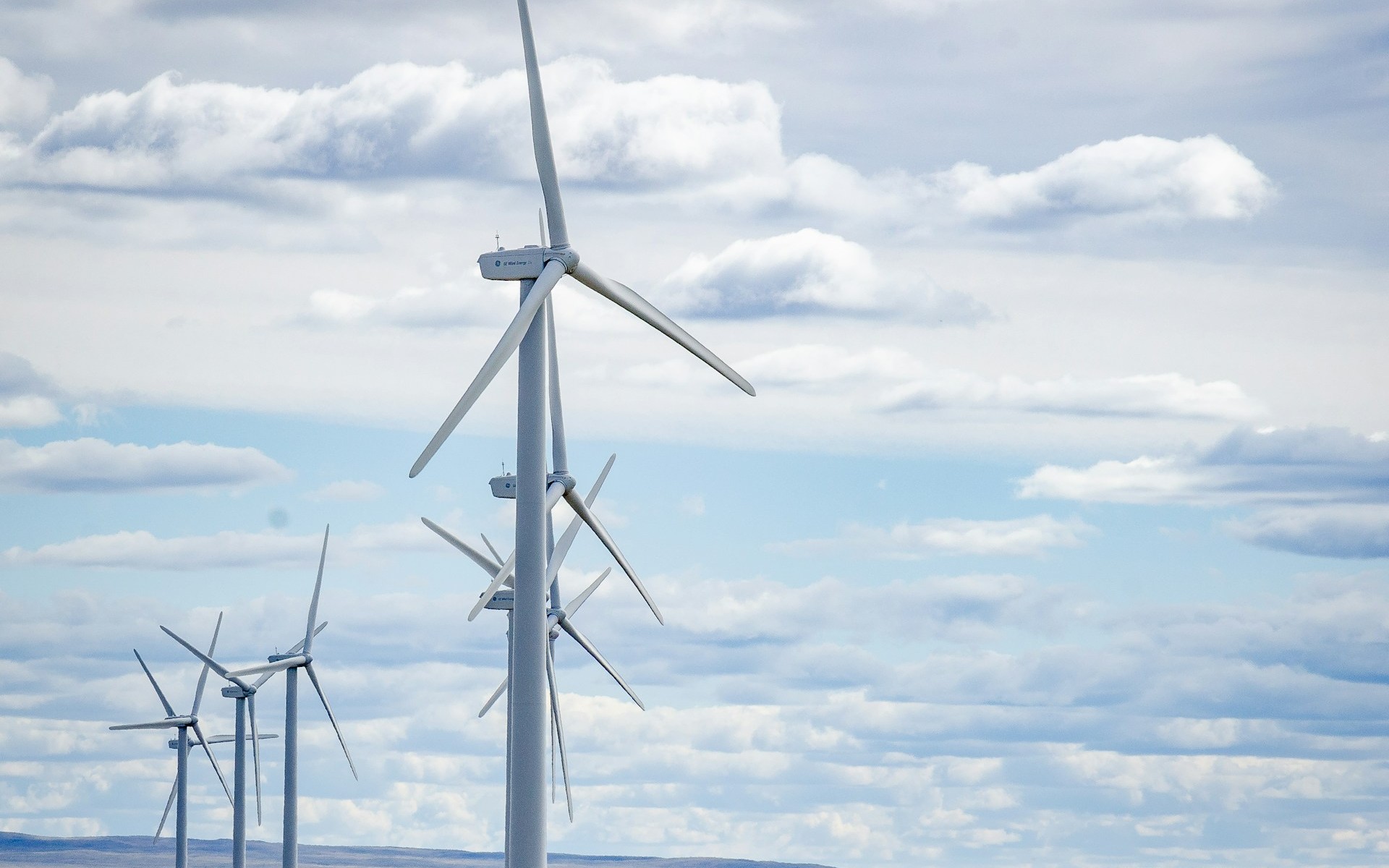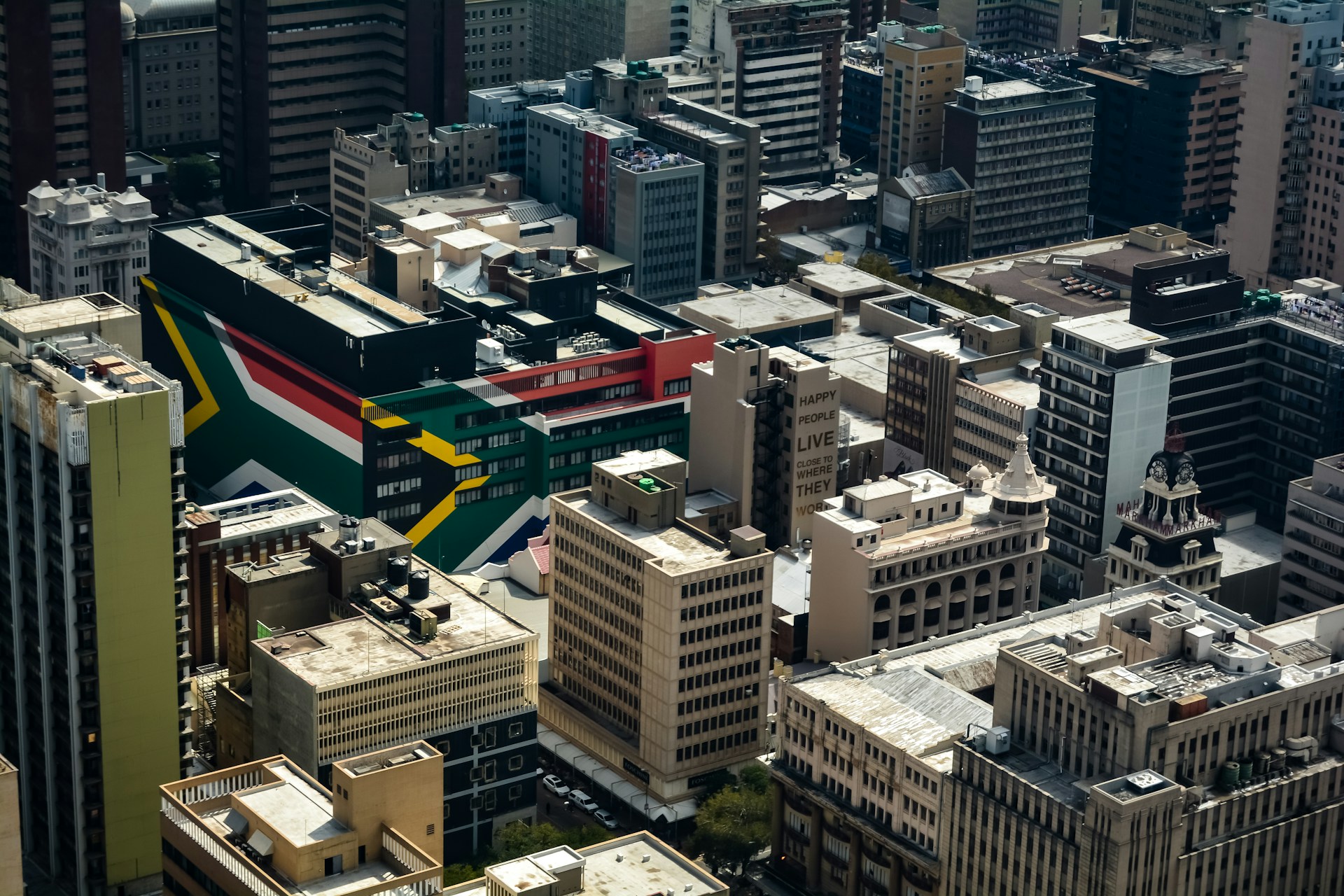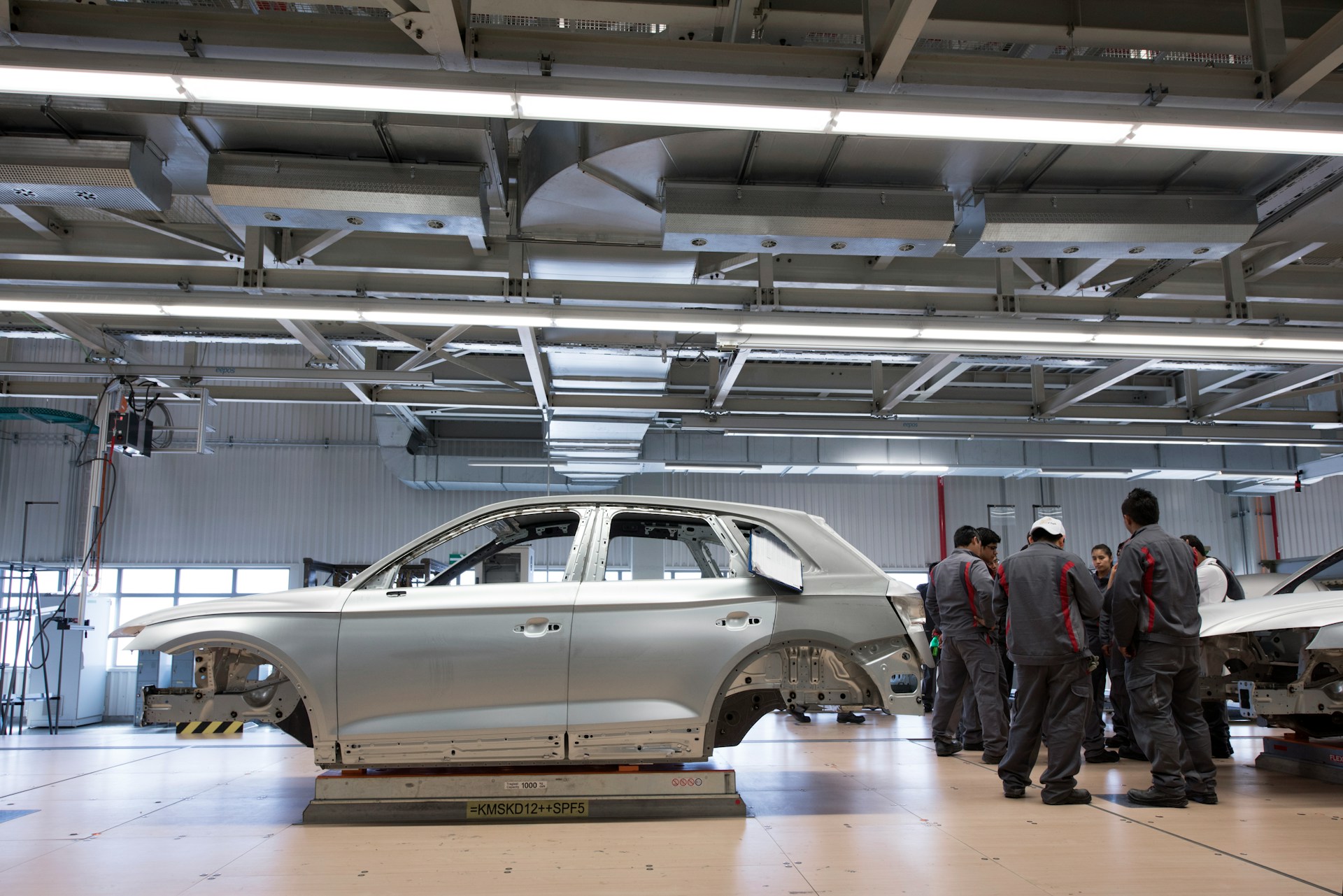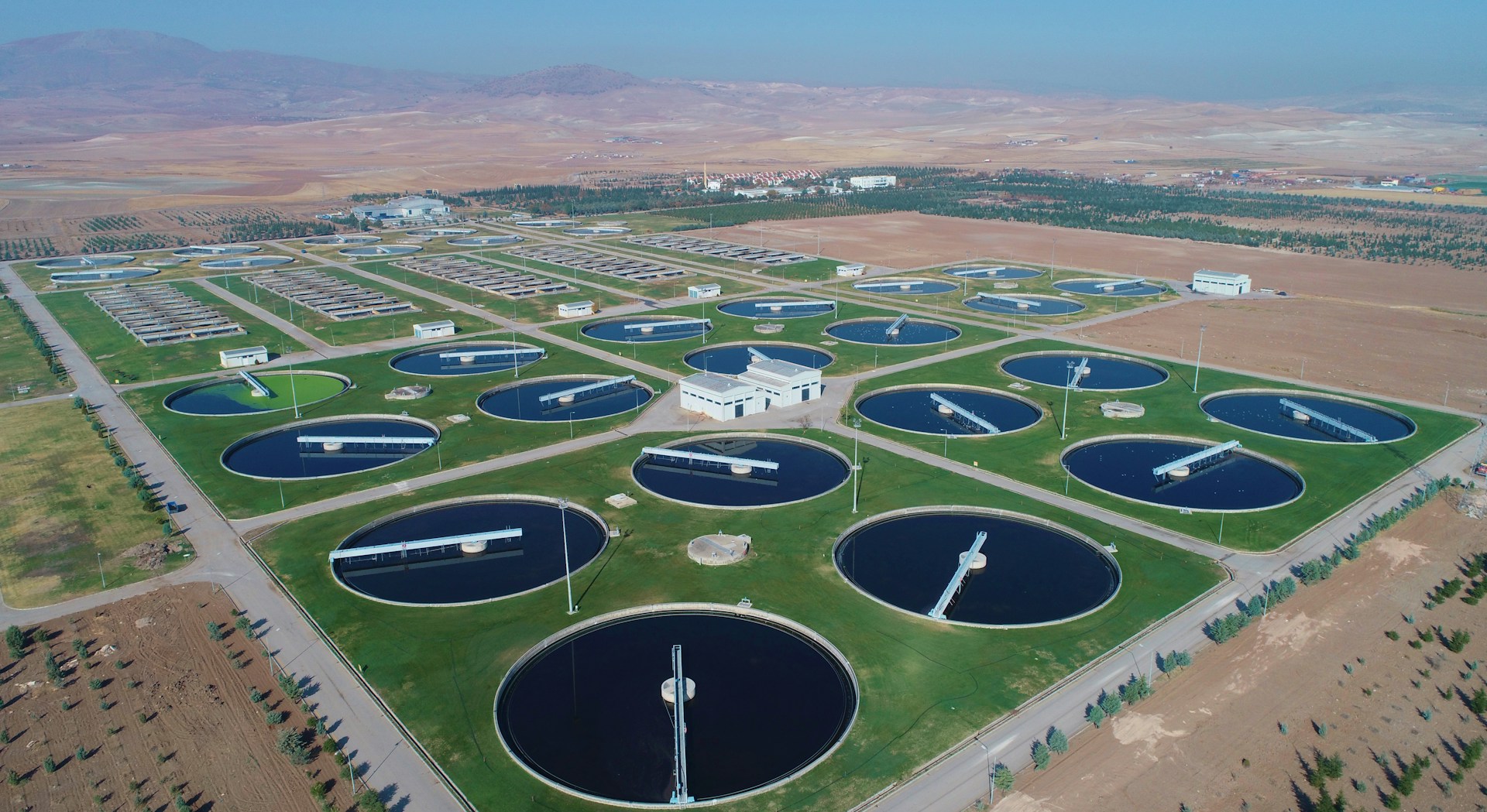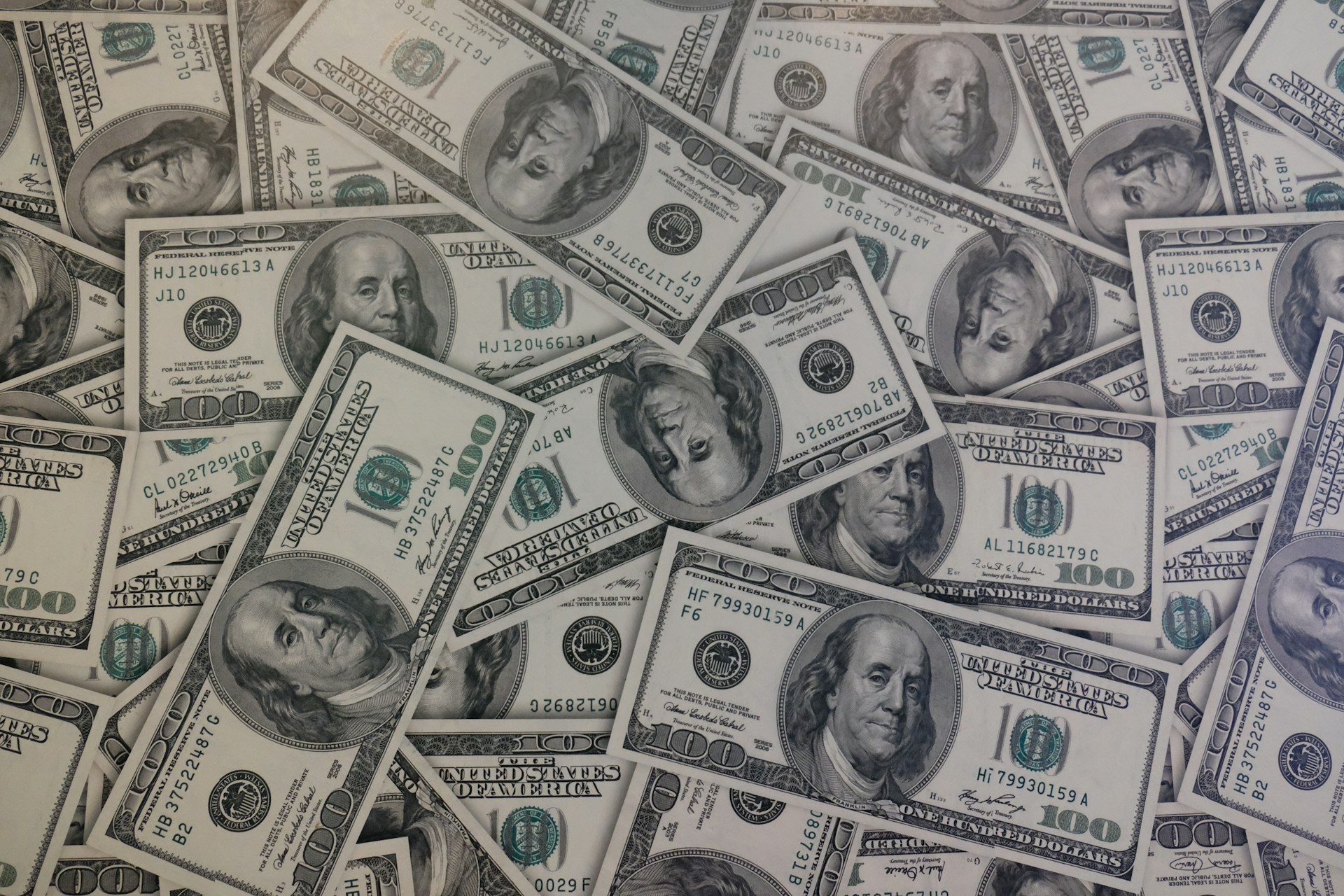Casablanca – Morocco has emerged as one of the Arab world’s most dynamic players in renewable energy, attracting billions of dollars in foreign investment and consolidating its role as a hub for wind power generation. A recent sectoral report from the Arab Investment and Export Credit Guarantee Corporation (Dhaman) underscores the country’s achievements, highlighting both economic and social impacts of its energy transition.
Massive investment flows
Between 2003 and 2024, Morocco secured foreign direct investments (FDI) worth $38.1 billion in renewable energy. This figure represents 11 percent of total Arab FDI in the sector, placing the kingdom second only to Egypt, which captured nearly half of the region’s investment share. The funds have supported 55 projects, generating more than 12,200 jobs, or about 15 percent of all renewable energy employment in the Arab world.
This performance reflects Morocco’s long-term strategy to diversify its energy mix, reduce reliance on imported fossil fuels, and position itself as a magnet for “green capital.” The country’s proactive policies, including incentives for investors and large-scale infrastructure projects, have made it a preferred destination for international energy companies.
Wind power dominance
Morocco’s leadership is most visible in wind energy. The report estimates that the kingdom produces 9.2 terawatt-hours (TWh) of electricity from wind annually, accounting for 42 percent of total Arab wind generation. Alongside Egypt and Jordan, Morocco is expected to generate nearly all of the region’s wind-based electricity in the coming years.
This dominance is the result of sustained investment in wind farms across coastal and mountainous regions, where natural conditions are favorable. Projects such as the Tarfaya wind farm, one of Africa’s largest, illustrate Morocco’s ambition to harness renewable resources at scale.
Broader electricity landscape
Despite its renewable energy advances, Morocco remains a mid-level producer of electricity in the Arab world. In 2025, the country is projected to generate 43 TWh, ranking ninth regionally and representing 2.9 percent of total Arab output. Saudi Arabia leads by a wide margin with nearly 477 TWh, followed by Egypt, the United Arab Emirates, and Iraq.
Within Morocco’s energy mix, fossil fuels still play a dominant role, contributing 28.7 TWh. However, renewables are steadily expanding:
- Wind: 9.2 TWh
- Solar: 3.7 TWh
- Hydropower: 1.2 TWh
This balance reflects both the opportunities and challenges of Morocco’s energy transition. While renewables are growing, fossil fuels remain essential to meeting demand.
Trade in electricity and equipment
Morocco is also a significant player in electricity trade. In 2024, the kingdom ranked third in the Arab world for combined imports and exports of electricity and related equipment, with a total value of $3.32 billion, equal to 8.2 percent of the regional total.
Exports reached $360 million, largely from energy generation equipment, while imports were far higher at $2.86 billion, placing Morocco third after the UAE and Saudi Arabia. Notably, Morocco imported $413.7 million worth of electricity itself, representing one-third of all Arab electricity imports.
This trade profile highlights Morocco’s dual role: as a growing exporter of energy technology and as a major importer of electricity to meet domestic needs.
Social achievements
On the social front, Morocco has achieved universal access to electricity, joining 12 other Arab countries with full coverage. This milestone surpasses the Arab average of 96 percent and reflects decades of investment in rural electrification and infrastructure expansion.
In terms of consumption, Morocco ranks ninth in the Arab world, with 39.2 TWh used in 2025. Demand is expected to rise to 44.3 TWh by 2030. However, per capita consumption remains modest at 1,100 kilowatt-hours per person, far below the Arab average of 8,600 kWh and significantly lower than Gulf states such as Bahrain (25,200 kWh) and Qatar (23,200 kWh).
Strategic outlook
Morocco’s renewable energy trajectory is closely tied to its broader economic and geopolitical ambitions. By positioning itself as a leader in wind and solar power, the kingdom aims to reduce dependence on imported fossil fuels, strengthen energy security, and create new opportunities for trade and investment.
The country’s role as a hub for electricity equipment trade further enhances its regional influence. With growing demand for clean energy across the Arab world, Morocco is well placed to expand its exports while continuing to attract foreign investors.
At the same time, challenges remain. Fossil fuels still dominate Morocco’s energy mix, and per capita consumption lags behind regional averages. Addressing these issues will require sustained investment, technological innovation, and careful management of resources.
Morocco’s success in attracting $38 billion in renewable energy investments and establishing itself as a leader in wind power marks a significant milestone in its development journey. The kingdom has combined economic growth with social progress, achieving universal electricity access while creating thousands of jobs.
As the Arab energy landscape undergoes profound transformation, Morocco’s experience offers a model of how strategic planning, international partnerships, and commitment to sustainability can reshape national economies. The coming years will determine how effectively Morocco can balance its reliance on fossil fuels with its ambition to become a true renewable energy powerhouse.
